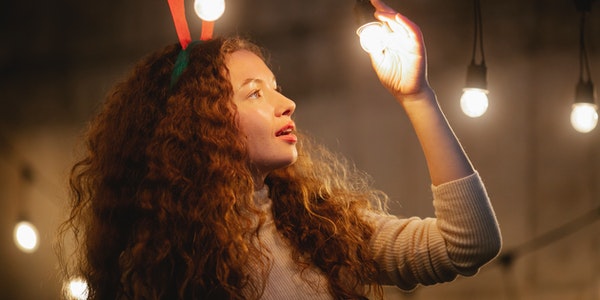Table of Contents
Shoot with hard light
The so-called hard light refers to the formation of shadow light that can produce contrast between light and dark on the surface of the scene. This is a light that is rarely used in portrait shooting, especially when shooting portraits of subjects.
The biggest feature of hard light is that it can produce clear shadows. The difficulty is to control the contrast of light and dark and the light ratio of the picture. Female shooting generally controls the light ratio at about 1:2, but it is almost impossible to control the light ratio in this range when shooting with hard light. The easiest way is to use a reflector to fill the light. This kind of reflected light reduces the contrast of light and dark on the face of a person.
You can ignore the control law of light ratio, enhance the contrast in the picture, use light to “tell a story”, and use light to express emotions. This is the difference between hard light and other lights. It expresses the emotions of the picture more intensely and profoundly.
For the use of hard light, we must also pay attention to how to enhance the modeling effect through the environment. It is to know what kind of environment should use the large light ratio caused by hard light, and what kind of environment should control the light ratio.
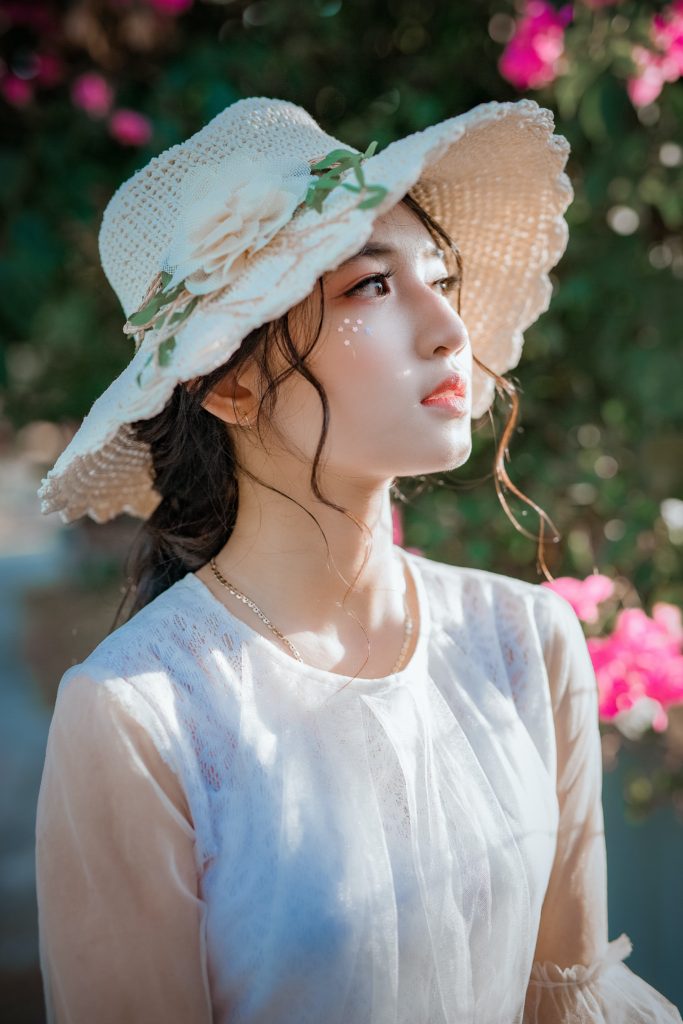
When shooting with hard light, it is very important to control the exposure control. You can overexpose by half a level or more during exposure to increase the contrast of the picture. Or the underexposure is half a level or more, although the contrast is reduced, but the entire tone can be lowered to express a certain emotion.
Shoot with soft light
Soft light is the opposite of hard light, which refers to the forms of light that do not produce obvious contrast between light and dark on the surface of the character. It is often used when shooting women, because it can highlight the texture of the character’s skin and make it whiter.
The way to get soft light is very simple. A white sheet can turn direct light into soft light. Curtains, white parasols, etc. can all be used as light softening devices.
The light ratio control of soft light should be controlled at about 1:2. And soft light is more suitable for shooting mid-range shots, and those with smaller composition than mid-range, so that it can better highlight the texture of the character’s skin.
In addition, the exposure of the soft light shooting can be more than half a level to a level, which can make the skin of the person more white and transparent.
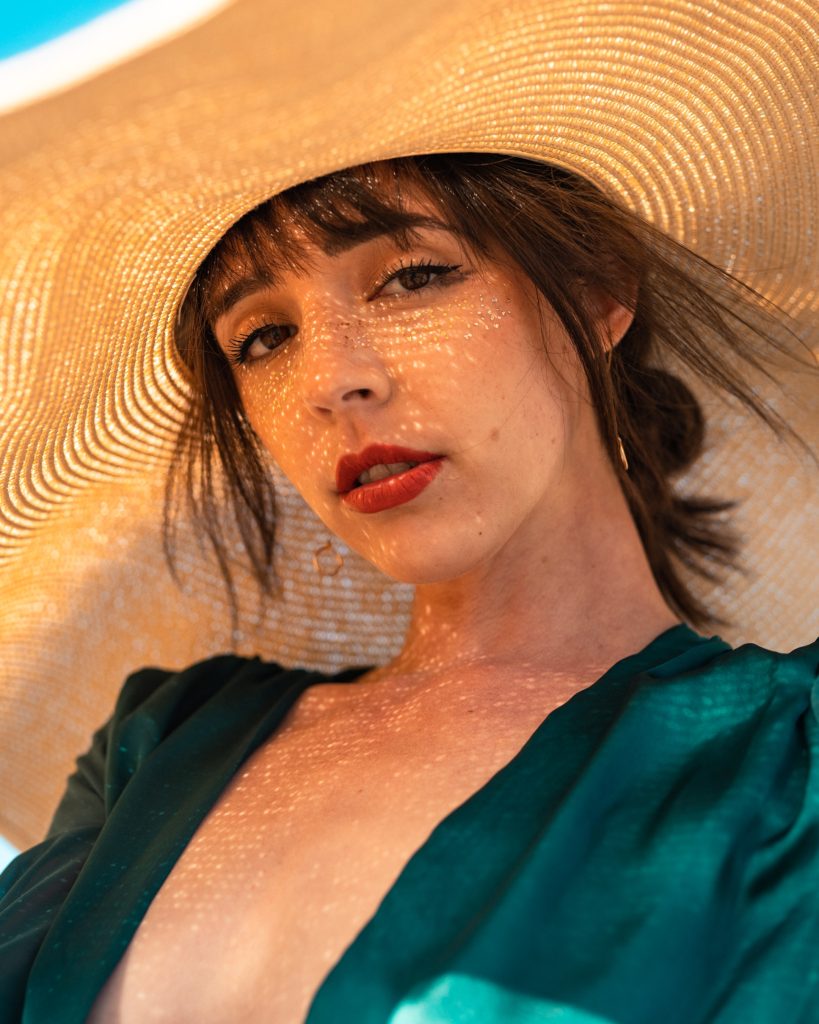
shooting with forward light
Forward light is the form of light projected by the light to the front of the character. This kind of light allows most of the figure to get enough light, and the intensity is relatively average, so it will not form a contrast between light and dark on the face of the character, and it is easier to control exposure.
The downside of shooting with forward light is that the light is too flat to highlight the key points. Therefore, it is rarely used in portraits. But forward light is more suitable for small scenes such as close-up and close-up shots, because it can specifically express every detail and level of the character.
Sometimes the most direct and straightforward descriptions are often much better than those deliberately made. When shooting with forward light, the exposure should not be overexposed. Generally, the ideal effect can be obtained by using average metering.
Shoot with backlight
Backlighting refers to the light form of the light source behind the character. This kind of light prevents the front of the character from being properly exposed, thus losing the level of detail of the character. However, this form of light outlines the outline of the character, which is extremely beneficial to reflect the action and shape.
Of course, the use of backlighting does not necessarily have to shoot the effect of the silhouette, if you control the exposure, you can also get some details of the character. When using backlighting to shoot silhouettes, the location of the metering point is related to the silhouette effect.
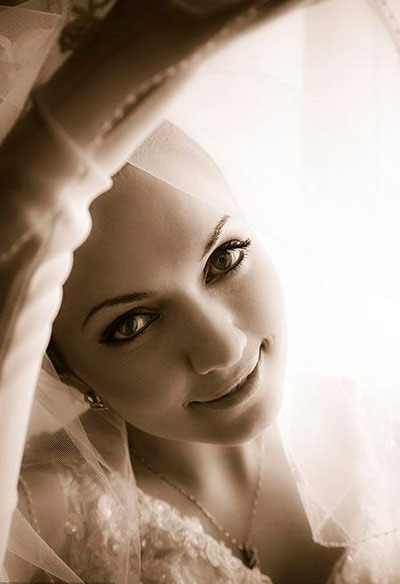
To get a pure silhouette effect, the metering point can be selected at the edge of the character’s body, because the light there is the brightest part of the entire picture. For those backlight effects that are not pure silhouettes, the light metering point can be selected on the hair illuminated by the light or the face of the character. This kind of backlighting effect is more common in Chinese portrait portraits.
Backlight shooting is only suitable for scenes above the middle scene, such as panoramic or distant scenes. Because such a scene can not only reflect the body of the characters, but also reflect the environment to a certain extent, so as to enrich the content of the picture.
When shooting silhouette effects, the lower the projection angle of the light, the more obvious the silhouette effect will be, and the higher the projection angle of the light, the less obvious the silhouette effect will be.
So the best time is at sunset or early morning, when the silhouette effect is the most obvious. The backlighting effect of light in other environments or other time periods is not a pure silhouette effect.
Shoot with side light
Pure side lighting is usually not suitable for photographing women. Because the light source at this time is projected from the side, half of the face of the character is illuminated and half in the shadow, the effect produced is called “light & dark face”.
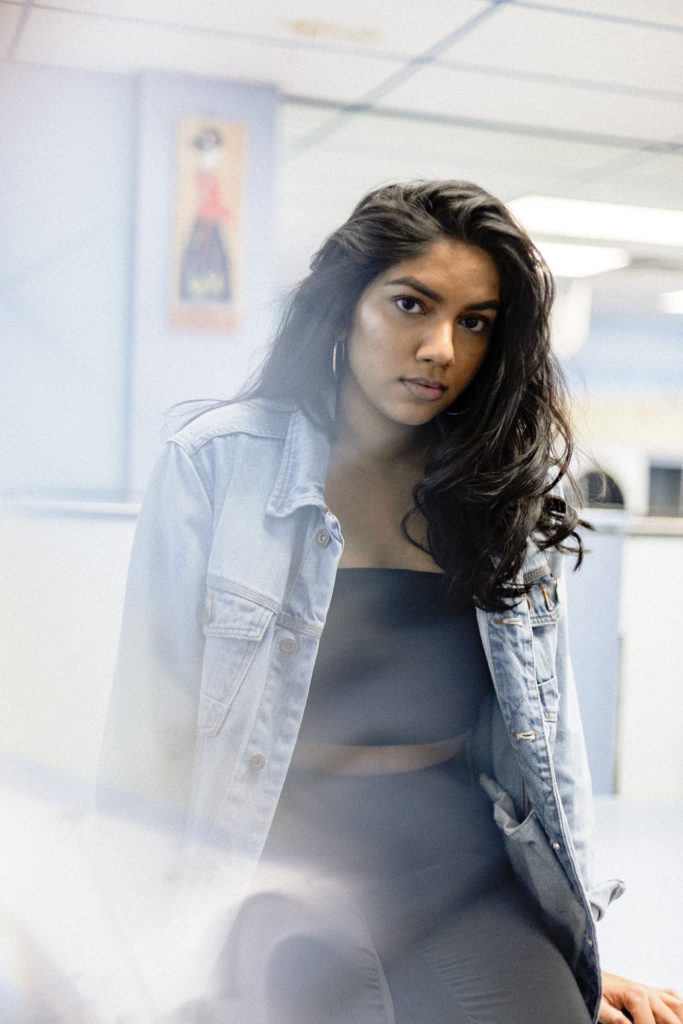
However, in the shooting of photo portraits, the use of this form of light is not very new, and it can often reflect the character and emotion of the character more strongly.
When using side-light shooting, you must pay attention to using less hard light, because the latitude of the digital camera is very low. If you use hard light, the details of the face in the dark part of the person will not be reflected in any way. The use of soft light is different. The contrast of light and dark on the face of the person is within the tolerance range of the digital camera, and the transition between light and dark is more natural.
There are many scenes that can be photographed with side light, and the feelings reflected in the large scenes are more intense; while the small scenes can make the subject thinner. When shooting large scenes, if you make good use of the shadows produced by the light, you can make the image more powerful.
The side backlight is transformed from the backlight, and its characteristic is that it can illuminate a certain point on the person’s face, while most of the rest are not exposed to light. It illuminates the character’s hair from the side and rear, so that it presents a certain emotion in the backlight, and this light does not hide the front details of the character.
When shooting with side backlighting, if the metering spot is on the illuminated part of the person’s face, the exposure must be overexposed by about one level to ensure that the details of the person’s face are not covered up.
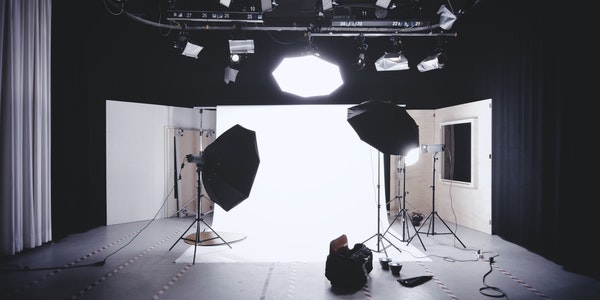
It is also best to choose a scene below the middle scene, because the panoramic scenes cannot well reflect the light perception of the side backlight, and the close-up or close-up scenes are more full and vivid when the side backlight is used.
Front metering is a kind of portrait modeling light evolved from the side light. This kind of light is in most of the characters, and the transition of the light is strong, which is more suitable for the modeling of the characters. Use the front side light to shoot, you can make the person turn to the direction of the light source, so that the three-dimensional sense of the person’s face will be enhanced, and it is best to use soft light to make the transition of light more natural. Attention should be paid to selecting the transition area between light and dark of the face for metering, so that all levels of the face can be obtained.
Shoot with top light
Top light is generally not used for portrait shooting, but if we can make reasonable use of this light, the feeling of spilling from above is also good. If the top light shines directly on the face of an upright person from above, highlighting the person’s forehead and cheekbones, the effect will be a little scary. If you move the person behind the light source and turn your head in the direction of the light, the feeling of shooting will be different.
In addition, when facing overhead light, it is much better to let people lie on the ground to shoot than to stand up. If you need to show the feeling of light on the character, you must overexpose, so that the light feeling can be reflected through the enhancement of brightness. If you shoot at noon, use a transparent white shade to soften the light, the effect will be more obvious.
